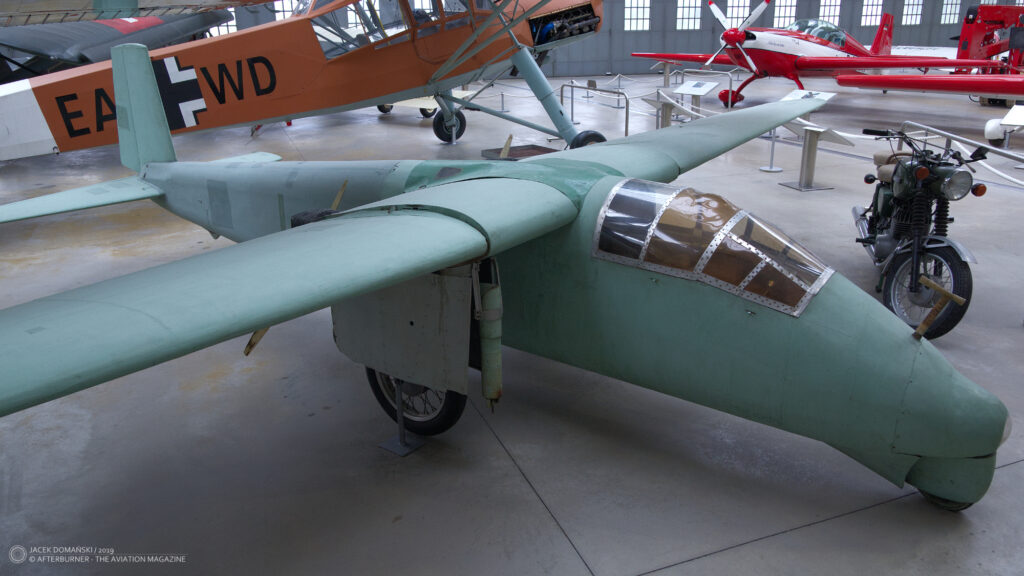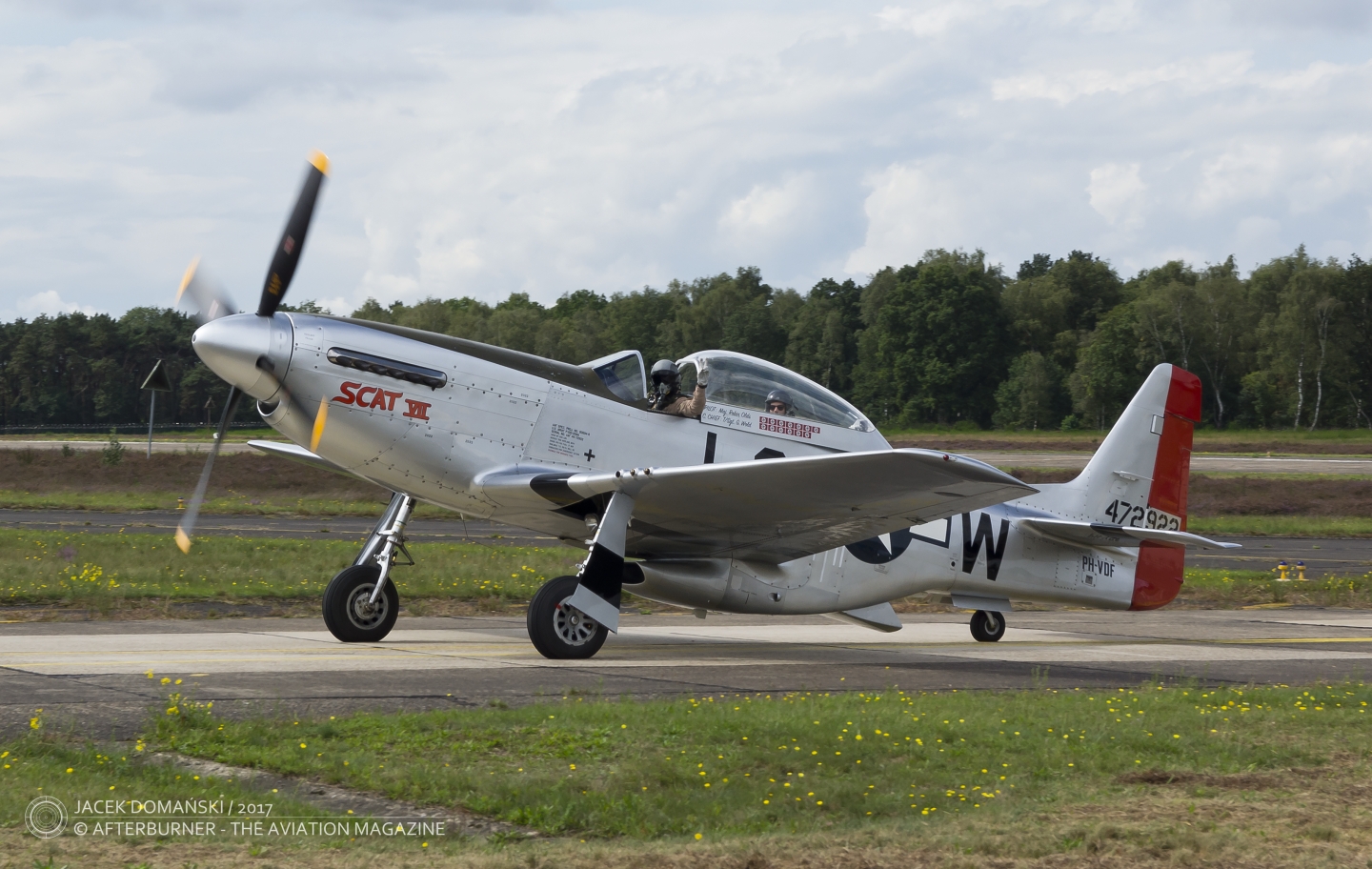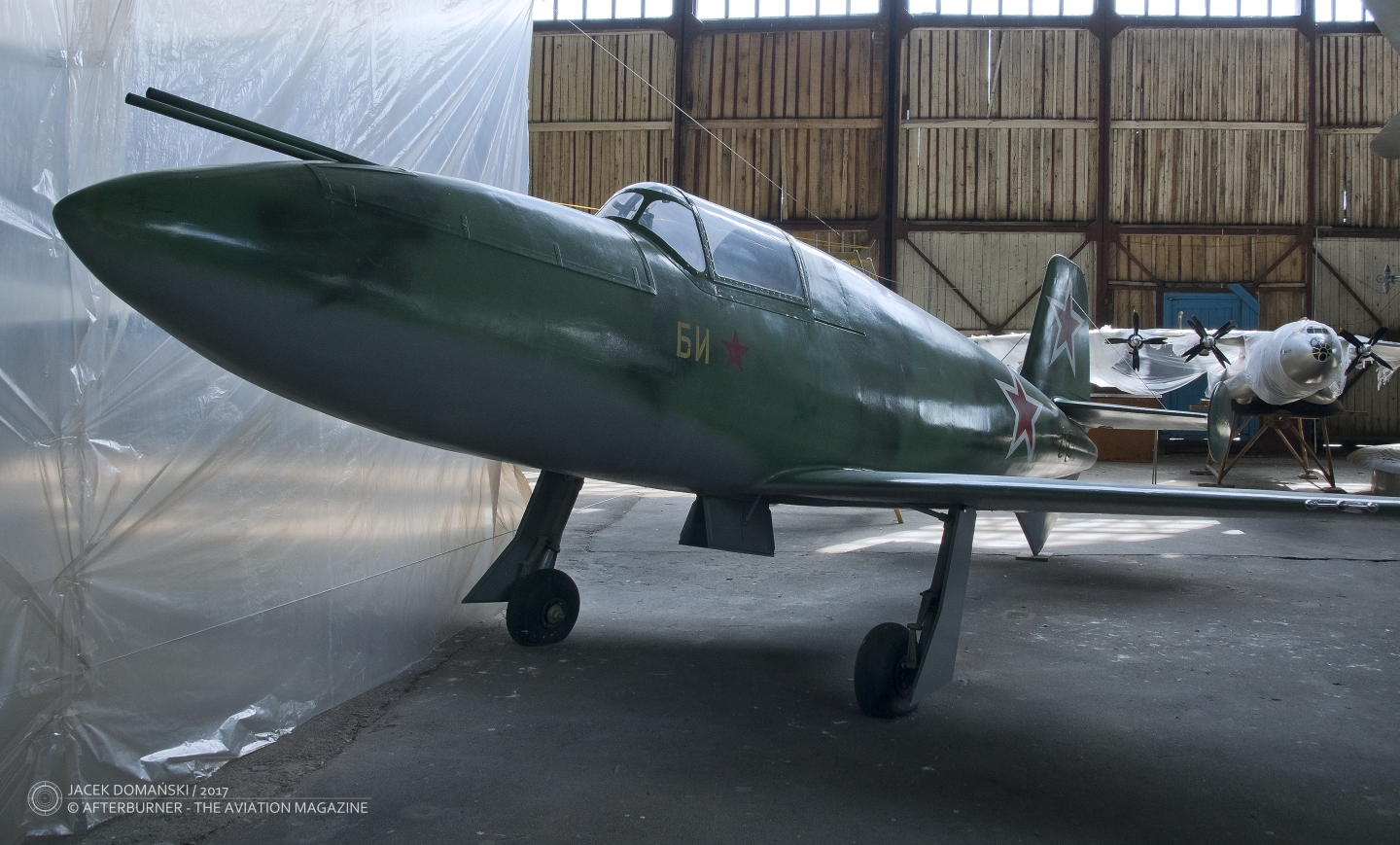 Wagner DOWA 81, home-made aircraft, exhibited at Deutsches Museum / Flugwerft Schleissheim, Munich, October 2019.
Wagner DOWA 81, home-made aircraft, exhibited at Deutsches Museum / Flugwerft Schleissheim, Munich, October 2019.
Between 1945 and 1989, approximately four million East Germans moved to the West Germany. Majority of them, 3.45 million people, left the country before 1961, the year when the Berlin Wall was constructed and then the border between two German countries fortified, in order to prevent illegal escapes.
Nevertheless, the East Germans were still trying to escape to the West, although the Wall and barriers at the inner German border reduced the number of successful attempts by 75 per cent, comparing to years 1945 – 1961. In the 1970s, the average number of escapes was 868 per annum, while in the 1980s it dropped to just 334 per annum.
Those, who decided to escape, used a variety of methods to cross the border. Among them were airliner hijacking, escape flights in small sport or agricultural aircraft – or even hot air balloons. Another, very special category, was to escape in self-made vehicles, secretly built at home conditions, with use of any available materials.
One of the people who decided to flee from the East Germany was Dr. Gerhard Wagner from Dresden. In 1981 he began to build a special vehicle, able to carry his family of five across the border. The most extraordinary thing was, that Dr. Wagner decided to develop home-made aircraft.
The aeroplane was built in secret, with use of simple and available materials. Its undercarriage and two engines came from MZ-ES-250/2, a popular East German motorcycle. The engines were equipped with small home-made propellers in pusher configuration. An interesting fact is that the aeroplane featured an enclosed cockpit.
Dr. Wagner made his aircraft to be easily assembled and disassembled, for carrying it with a usual, inconspicuous personal car trailer. The biggest single part did not exceed four meters of its length.
Unfortunately to Dr. Wagner, his attempt was discovered, and he got arrested, together with his family, one day before their planned date of escape. However, the aircraft was examined by the East German authorities and the conclusion was it was able to fly.
Wagner´s aeroplane had been preserved until today. Initially, it was exhibited at Stasi (East German state security service) museum and finally found its home at Deutsches Museum / Flugwerft Schleissheim in Munich. Usually, it is referred to as Wagner DOWA 81 and considered the smallest five-seat aircraft ever made.
The aircraft has take-off weight of approximately 580 kg, wing area of 8.61 m² and estimation made during the court trial indicated it needed a 450-meter-long runway for take-off.
Gerhard Wagner and his family spent a year in prison, then were considered as ´unwanted´ in the East Germany and allowed to move to the West. Regrettably, many people were not so fortunate – it is estimated that over 1,100 escapers died at the inner German border while trying to cross it.



